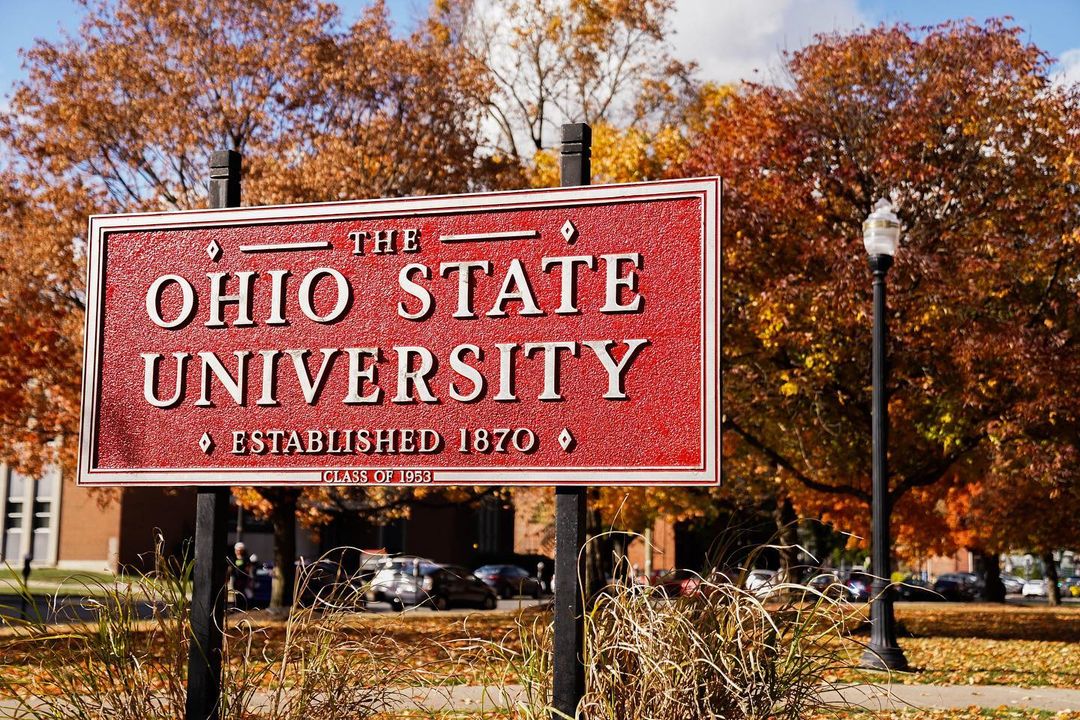Ohio State Secures 11th Place in National Ranking of Research Universities
The Ohio State University’s research and development expenditures exceeded $1.36 billion in fiscal year (FY) 2022, according to a new survey by the National Science Foundation.
Ohio State ranked 11th among all universities in research expenditures in FY 2022 in the NSF’s annual Higher Education Research and Development (HERD) survey rankings, up one spot from the previous year. The university remained at 7th among publics.
“Ohio State’s research and creative expression community is committed to groundbreaking, convergent research that provides positive impacts for our community, state and world,” said Peter Mohler, acting president and executive vice president for research, innovation and knowledge at Ohio State. “We are pleased that our rankings continue to improve, but are even more pleased to continue working with our partners and stakeholders to expand our research efforts and amplify their impacts.”
The university ranked just behind Duke and Stanford and ahead of the University of North Carolina, Chapel Hill and Harvard.
Ohio State is 6th in the country in terms of industry-sponsored research, totaling nearly $142 million in FY 2022. Federally funded research is up to $636,902,000, a 14% year-over-year increase.
Overall, research and development spending by academic institutions totaled $97.8 billion in FY 2022, an increase of $8 billion from FY 2021. R&D expenditures funded by federal sources accounted for $4.9 billion of the total increase.
Ohio State can point to strong momentum with a series of recent awards across disciplines.
Julie Johnson was recently announced as the director of the Center for Clinical and Translational Science. As director of the CCTS, Johnson is the principal investigator of a seven-year, $37.9 million Clinical and Translation Science Award from the National Institutes of Health, which funds the center’s work to turn scientific discoveries into clinical therapies.
NSF awarded $5 million to researchers at Ohio State as the lead institution, co-funded with an additional $3.75 million from the Natural Sciences and Engineering Research Council of Canada, studying the use of artificial intelligence to help understand climate impacts on biodiversity. The AI and Biodiversity Change (ABC) Global Climate Center will bring together ecologists and computer scientists from six universities in the United States and Canada, with partners in the UK, Europe and Australia, to develop new AI-enabled, data-supported approaches to study how changes in climate are impacting life – including animals, plants and insects – on Earth.
Ohio State, Honda, Schaeffler Americas, and state and federal leaders recently announced the creation of a new $22 million battery cell research and development center. Slated to open in April 2025, the lab will accelerate the domestic development of battery cell materials and manufacturing technologies while providing an experiential learning setting for advanced battery technology workforce development.
With a grant totaling $22 million from the National Institute of Health’s Somatic Cell Genome Editing (SCGE) program, researchers at the Innovative Genomics Institute (IGI) at UC Berkeley, Ohio State Wexner Medical Center and College of Medicine, and UC San Francisco are developing new approaches to treat multiple neurodegenerative diseases as well as clinical tests to help new CRISPR-based therapies reach patients.

